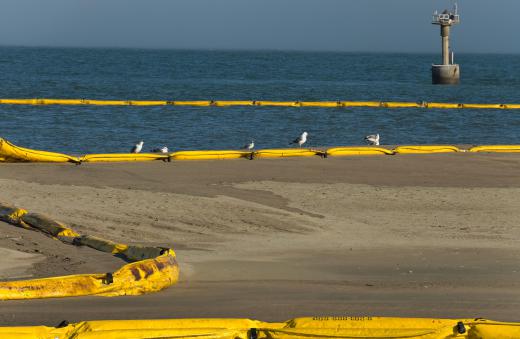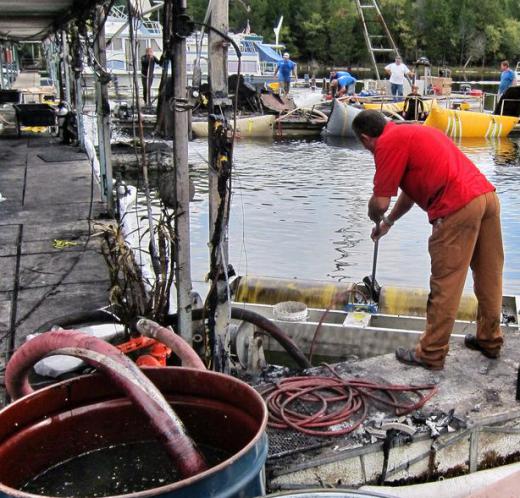Environmental remediation involves providing a remedy for an environmental problem. This can include removing contaminants from groundwater or cleaning up after an oil spill. Remediation is not always just subject to the will of the people, but is often a matter of government regulation or intervention.
One of the main purposes of environmental remediation is to restore contaminated sites or resources to a level that is safe for humans and animals. Depending on the type of damage that is done, this can be a complex and expensive process. There are companies that specialize in environmental remediation. Even with the help of these professionals and environmental experts, however, sometimes there is nothing that can be done to restore a contaminated site to a point where it is safe.

There are various remediation technologies employed around the world. Since environmental remediation is often more costly if contamination occurs, many companies try to take preventative measures. They employ relevant technology to treat their industrial waste before it comes into contact with the environment. Examples of these methods include incineration, soil washing, and chemical precipitation.
Environmental remediation tactics are sometimes divided into groups called ex-situ and in-situ. Processes that involve excavation of soil are considered ex-situ. In-situ procedures are those that attempt to treat contamination without removing soil.

In many cases, no one wants to claim responsibility and be held financially liable for assessments of and damage to the environment. If the situation was left as matter of goodwill, it is very likely that the Earth would be much more polluted and contaminated than it is. In many countries, governments have therefore made it a matter of law. Industrialized nations generally have more and stricter standards than developing nations.

Remediation standards can be set by superior governing bodies or by smaller ones. In the United States, for example, much of the environmental remediation legislation is dictated by the Environmental Protection Agency (EPA), a federal entity. Individual states can also make regulations as long as they do not violate federal standards.
In Canada, the situation is much the same. The Canadian Council of Ministers of the Environment provides the general framework. Thereafter, each province is afforded a great deal of power to decide how matters are handled in their areas.
There are situations that even the most industrialized nations do not have remediation standards and procedures for. These are often dealt with by conducting assessments, weighing risks, and having some authority deem how to proceed. Sometimes companies will voluntarily conduct assessments and propose solutions. At other times, these measures may be part of the requirements for licenses and permits or declared necessary to prevent legal action that could result in the closure of a company.
